
Rozviazané jazyky
Jozef Tancer: Rozviazané jazyky – ako sme hovorili v starej Bratislave. Bratislava, Slovart, 2016, 304 p.
More...We kindly inform you that, as long as the subject affiliation of our 300.000+ articles is in progress, you might get unsufficient or no results on your third level or second level search. In this case, please broaden your search criteria.

Jozef Tancer: Rozviazané jazyky – ako sme hovorili v starej Bratislave. Bratislava, Slovart, 2016, 304 p.
More...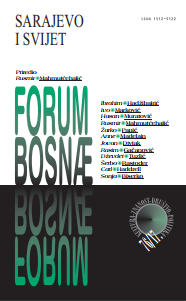
U gotovo svim raspravama o Bosni, bosanstvu i bošnjaštvu, bilo da se u njima traže razlozi za ili protiv njih, javlja se pojam “identitet”. Ako ta riječ bude razmotrena u Platonovom očekivanju da je u njoj, kao i svakoj drugoj, moguće naći onu suštinu koja nikad i nigdje ne iščezava, onda bi to traganje moralo okončati u pojmu istine. U vidicima teizma to je Bog, jer On jest Istina. Ako bi pojam “identitet” bio istraživan u Wittgensteinovim familijskim sličnostima, jasno je da bi u identitetu moralo postojati mnoštvo značenja povezanih nečim suštinski zajedničkim.
More...
Ovo što Sarajevo danas jeste, odredit će, nema sumnje, to što će taj grad biti. Ima li predviđanja o budućnosti Sarajeva. Ako ih ima, kakva su? Ako ih nema, kakva bi mogla biti? Na postavljena pitanja nije moguće dati odgovor bez prethodnog razjašnjavanja niza drugih nedoumica o sadržaju i razlozima postojećih predstava o Sarajevu. To je, valja priznati, podijeljen grad. Podjela je izvršena nasiljem, a potom i priznata. Tako postoji razgraničenje između dvaju administrativnih poredaka jednog grada. To je administrativno ograničenje predstavljano kao postojanje dvaju gradova. U kolikoj mjeri ta predstava odgovara realnosti?
More...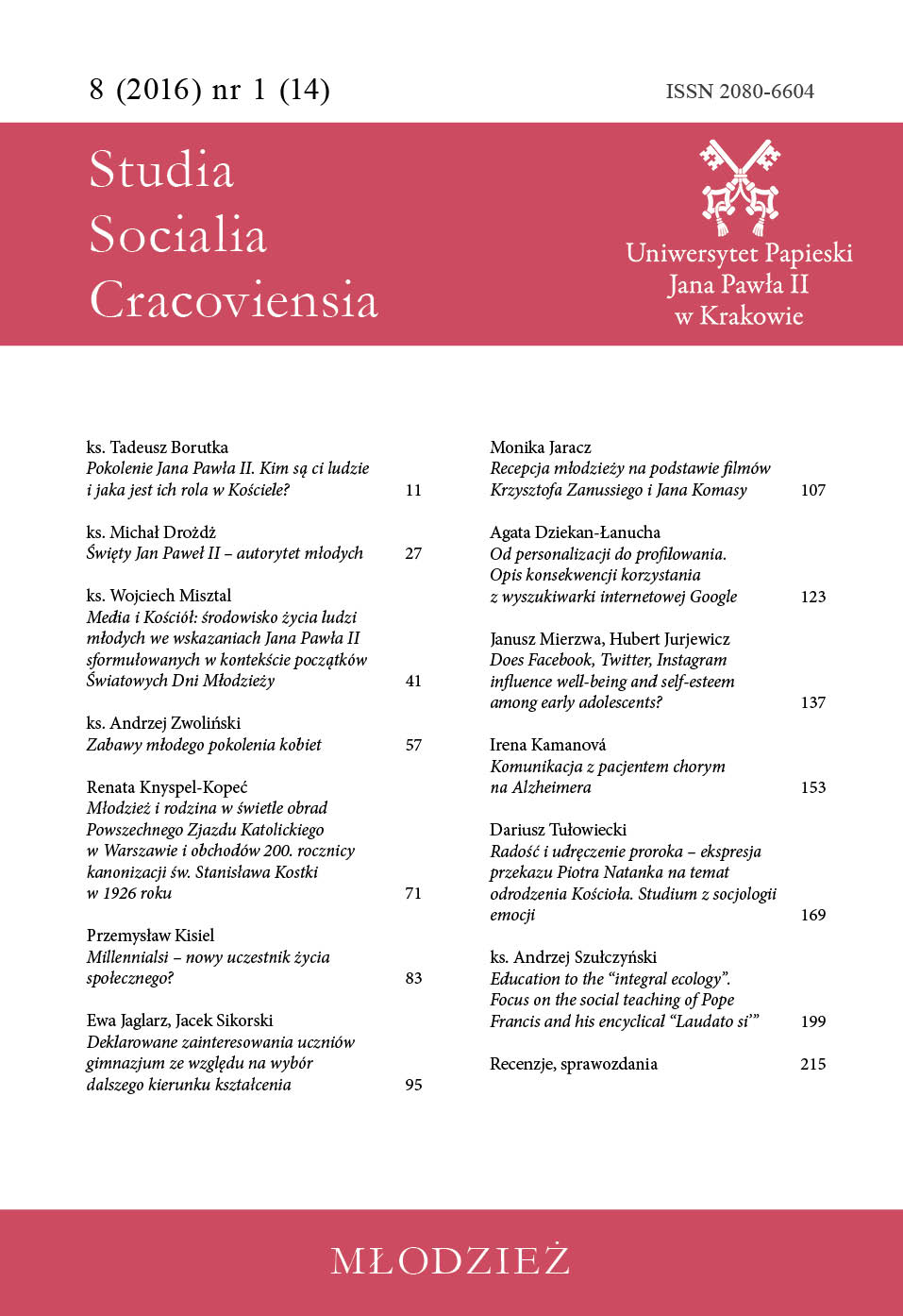
This paper briefly analyzes the role of the social worker to work with risk group of new religious movements (NRM). Professional assistance of a social worker also needs a man who after leaving the sect lost personal identity, proofread his social ties with close relatives and friends. The social worker provides social rehabilitation of social skills and restore confidence in their abilities.
More...
As they grow, all individuals acquire a cognitive-cultural heritage that enables them to integrate into complex cultural systems. The acquisition of knowledge, values and behaviours allows individuals to adapt and fit into the general social cognitive heritage. When members belonging to a particular cognitive-cultural heritage move to places where the host culture is diverse, there is a risk of clash. The outcome of these cognitive-cultural inconsistencies may give rise to internal or external conflict leading to divergent cultural behaviours vis-à-vis the dominant cognitive system. External conflicts stemming from cultural cognitive dissonance may even produce violent behavioural patterns, including so-called cultural crimes. The search for a new cognitive heritage is a spontaneous attempt to restore personal wellbeing and social integration. Refusal to seek cognitive-cultural congruence within a new social value system consigns individuals to a condition of discomfort, instability and violence that may translate into behaviours defined as antisocial. Failure to achieve ethnic cultural integration is the outcome of a process of social and cultural incongruence known as cognitive dissonance.
More...
The discussions regarding the significance and relevance of the identity represent an inevitable segment of the current sociological, anthropological and philosophical debates. On the other hand, the concept of the European identity formation is one the most relevant topic in the scientific and political sphere. There are several approaches or several aspects from which the European identity can be analyzed and defined as such. One of the existing definitions states that the European identity dwells on the idea of a cultural family. According to another definition, the European identity is founded on the idea of United Europe. Very often, European identity is equated with “universal values”, such as individualism, social cohesion and tolerance. Defined in such manner, European identity is transferred to the sphere of politics and it is given a political dimension i.e. it becomes a political identity. This paper examines comparatively the patterns and basis of European identity formation and national identity formation, using an approach based primarily on nationalist theory with special emphasis on cultural aspects. In other words, for the purposes of this paper the nationalist theory is the one that is providing a framework for the analysis of European identity formation. The paper is focusing also on the sustainability of European vs. national identity.
More...
In this paper, the authors will firstly analyze the different places and role of religion in relation to national identity, subject to the prevalence of one or more religions. Secondly, in this context the authors will pay due attention to the role of religion in relation to the historically shaped either strong or weak connection developed between religion and the ethnos. Based on the analysis of the available empirical material, the authors will draw conclusions on the ambivalent potential of religion regarding national identity, depending on the combination of both of the abovementioned factors. The conclusion remarks will be illustrated by two case studies, of Macedonia and Bulgaria in order to notice and to elaborate the specificities and similarities of the basic topic of this paper.
More...
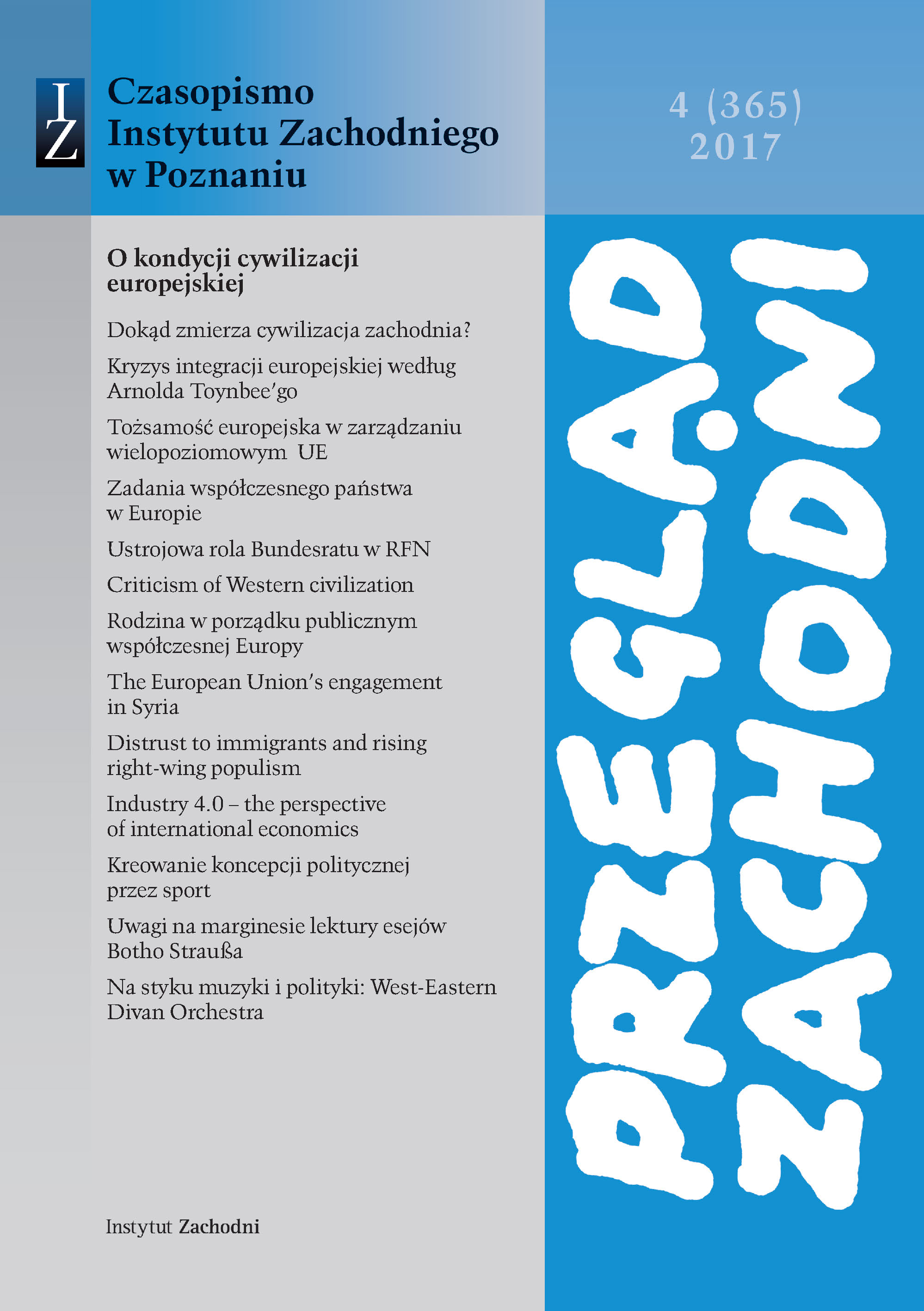
In todays globalized world, individuals develop many complementary identities, resulting from their participation in the life of conccurrently existing social groups. Ethnic, regional or cultural are among the collective identities that play an important role in human life (...). European Union through a multi-level governance system seeks to build a European identity that is a derivate of the integration process.
More...
The phenomenon of culture marginality in the context of the basic sphere of identity is represented in the article. Marginality building force of human experience is exposed. It illuminates the modi of dissimilarity of the one to others. Creative potentiality of the culture marginality is analyzed at the individual and social levels.
More...
The development of Central and Eastern European cities significantly differ from that of the Western European ones. Roma communities have long been an integral part of Slovak cities, but the degree and quality of their integration vary depending on the given city. In Slovakia, approximately half of the Roma have to some extent been able to adapt themselves to the majority society. These Roma live in the cities integrated with the local population. The other part of the Roma minority though lives isolated in some parts of the cities, on their edge or besides them. These communities are characterized by social and ethnic isolation, which may differ in individual cases. The Roma communities have established so-called urban ghettos, which are, compared to the city as a whole, less integrated. Among those living in ghettos, there is typically a high rate of unemployment, cultural segregation, exclusion from the official city life, deepening social isolation related to rejection on part of the mainstream society.
More...
This paper presents the general determinations of interculturalism, intercultural communication, marriage and mixed marriage. Attention is directed to the general conditions that are conducive to mixed marriages, as well as the conditions that inhibit them. In the focus of consideration are the mixed marriages in Vojvodina and features of heterogamy that occurs in this region, while the analysis derived from the available data of the 2011 Census in Serbia. Special attention was paid to the frequency of heterogeneous marriages in relation to the total number of marriages in Vojvodina for the period from 2003 to 2013. The paper also discusses some indicators of the manifestation of interculturalism in mixed marriages, and points to the need and possible directions for their more detailed study.
More...
At the focus of this study stands the Hungarian steampunk subculture. In the preparatory phase, it explores the term of subculture from several aspects, then, while looking at the tendencies of the research of subcultures in Hungary, it determines the positions of its own investigation. The work is divided into three major parts. The first one focuses on and integrates the findings of the book by Jeff VanderMeer and S. J. Chambers entitled The Steampunk Bible, which, especially in its chapter on the steampunk subculture, details on all manifestations of the steampunk phenomenon. The second phase, based on available information from online fora, opens up a horizon on the activities of the Hungarian Steampunk Community, the local projection of the subculture. Finally, there are three short interviews included in the paper, in which we ask the illustrious figures of the community, above all, about what it means for them to be a steampunk. In the individual subsections we will also cover other interesting curiosities, but strictly moving to the end within inter-artistic space, as the steampunks are equally present in fine arts, fashion, music, cinematography, and literary fiction as well.
More...
Ham from Iberian pigs (jamón ibérico) is the ultimate Spanish food, both as an emblem and as a sign of prestige. Its success over the last several decades has led to an increase in production, but also produced confusion in the various types of Iberian hams offered and in public perception. This article presents a review of the specific factors of this product and analyses the legal framework as well as the various levels of production involved. It attempts to determine whether Iberian ham has a specific product identity or if it just follows a brand logic.
More...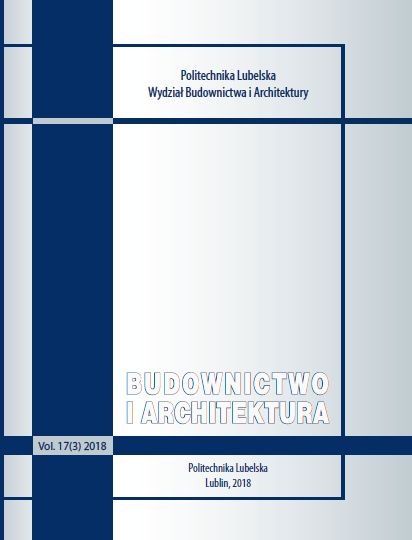
The publication presents analysis of the knots and focal points (knots) of the city Bieruń. They are: mound, Town Square with St. Bartolomeus church, St. Valentine’s church and St. Valentine’s Square. This is where we can find the roots of identity of society living in a small town and its surroundings. Historically, Bierun is located in Upper Silesia and Pszczyna region. Bierun was given municipal rights in 1387. The settlement started developing because of environmental conditions and economical conditions. The history of existing from the beginning of 16th until the beginning of 19th century, the Great Pond of Bierun, rivers, streams and small ponds is connected with residues of monumental dike as well as the legends of the Drowners – Bierun’s creatures. The presence of mentioned legends among previous and modern citizens of Bierun is the basis of a process creating country awareness in town’s area. Some of those elements are incorporated in city’s well – designed and made in the beginning of 21st century in the town’s market where historical well was located. This means that legends passed on from generation to generation became part of the most important area of the town. The well became an important indicator of historical and cultural information. Besides being just a simple decorative element, it is a materialization of an idea based on living society. The Silesian Insurgents’ Monument placed in the middle of town’s market is even greater example of living society, as in this area it is a true example of society’s memory of their killed fathers. The second, perhaps even more important level of cultural identity is local deep faith and cult of St. Valentine. It is a famous place of many miraculous recoveries as well as fiancés blessing. Recognizing St. Valentine as a patron saint of the town and the church as a sanctuary in 2015 was a proof of existing religious belief. In the vicinity of the church, authorities created St. Valentine’s square with his sculpture being an extension of the place of cult and a sign of patron saint presence in the town’s area. All they might be an example of an idea transfer, that creates town’s identity. In 2016 Bierun’s authorities undertook a decision of creating a set of cultural parks. They were named: “Cultural park for Old Town area” and “Cultural park for dike area”.
More...
As a social phenomenon and an ideology, anti-gypsyism is sustained on essentialized narratives, which reify ethnic borders (between those considered as Roma and non-Roma) and assumes internal homogeneity of all members of the Romani group based on vaguely-defined and generalized notions of “culture” or “ethnicity”. These narratives tend to exclude plural and diverse representation of social realities and intersecting Romani identities, which can challenge the dominant and stigmatizing discourse. In this paper, I analyse how academic discourse contributes to sustaining essentialist representations of Roma and assess how more nuanced, plural, and context-sensitive interpretations of ethnic identity can contribute to challenging anti-gypsyism. By reviewing the scholarship of Brubaker (2002, 2004), Hall (1996) and Vertovec (2007), I discuss the potential of definitions in deconstructing homogenized and essentialized discourses on Roma in knowledge production and beyond. Furthermore, I discuss how the emergence and dynamic development of Romani scholarship has been gradually challenging the legacy of Romani Studies and providing an entry into new avenues of research, conducted primarily from the standpoint of Romani scholars. I argue that their engagement in knowledgeproduction is essential for promoting diversified, balanced and context-sensitive discourses. In this article, rather than prescribing a specific, normative framework for Romani Studies and elaborating a fixed research agenda, I point to possible directions and promising theoretical avenues which may provide a refreshing counter-balance to an otherwise homogenizing scholarship. In doing so, I assess possible implications for adapting diverse notions of ethnicity as a tool for de-essentializing academic discourses on Roma – including advantages and existing risks. Such an approach enables the mapping out of issues and challenges relevant for the process of elaborating a Critical Romani Studies research agenda.
More...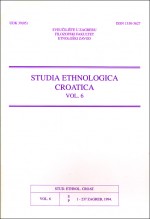
The paper discusses the virtues and weakness of rational choice modeling of ethnic relations. It is argued that the success of recent economic colonialism of sociology - fairly noticeable in the field of ethnicity - is due to the empirical falsification of functionalist paradigm and unfalsifiability of primordialist logic. A parsimonious rational choice model, based on methodological individualism, deals with rational, maximizing actors whose choices are somewhat constrained by culture, institutions and experience (backward looking actors). Consequently, ethnic dynamic is explained in terms of collective action. A brief discussion of the limitations of such a concept concludes the first part of the paper. The second part is an attempt to enhance the predictive ability of the model. A sociopsychological extension of the model is presented in which out-group discrimination is the consequence of the pre-rational basis (language acquisition and cognitive mapping of ethnonational territory) of ethnic solidarity. Thus, ethnic identity is situational only in terms of its positioning within the complex individual identity. Closer to the central position it comes, more active it tends to be due to the fact that the face value depends on it. Following this logic, there testable hypotheses are offered to explain the negative correlation between the level of modernization and the level of ethnic violence. However, rational choice theory is still far from a clear picture of the necessary conditions for successful ethnic mobilization.
More...
Social sciences witness a steady interest in cross-cultural studies. Therefore, awareness of limitations and consequences of use of different languages in scientific research is crucial to its implementation. This paper addresses issues discussed above while presenting the study of the banking sector’s enterprise, which was created by the representatives of two countries: France and Poland. The research of the creation and development of this institution used the method of the biographical interview and data analysis. Due to the bilingualism of studied institution, two languages had to be used while collecting and analyzing empirical material. In this paper, the consequences of use of two different languages while conducting the qualitative research as well as impact of biculturalism (with emphasis on its linguistic aspect) on the course of the research will be presented.
More...
In those societies where a given religion prevails, its integrative function may provide a high level of social cohesion. In this context, religion played a relevant and almost a historical role in the national identity formation. On the other hand, the greater the role of religion in the process of unification of the community is, the greater the intolerance to the groups and individuals from another religion shall be. The paper addresses the role of religion in the national identities formation in the Balkans during the Ottoman Empire’s reign, with particular emphasis to the events and development on the territory of the present Republic of Macedonia.
More...